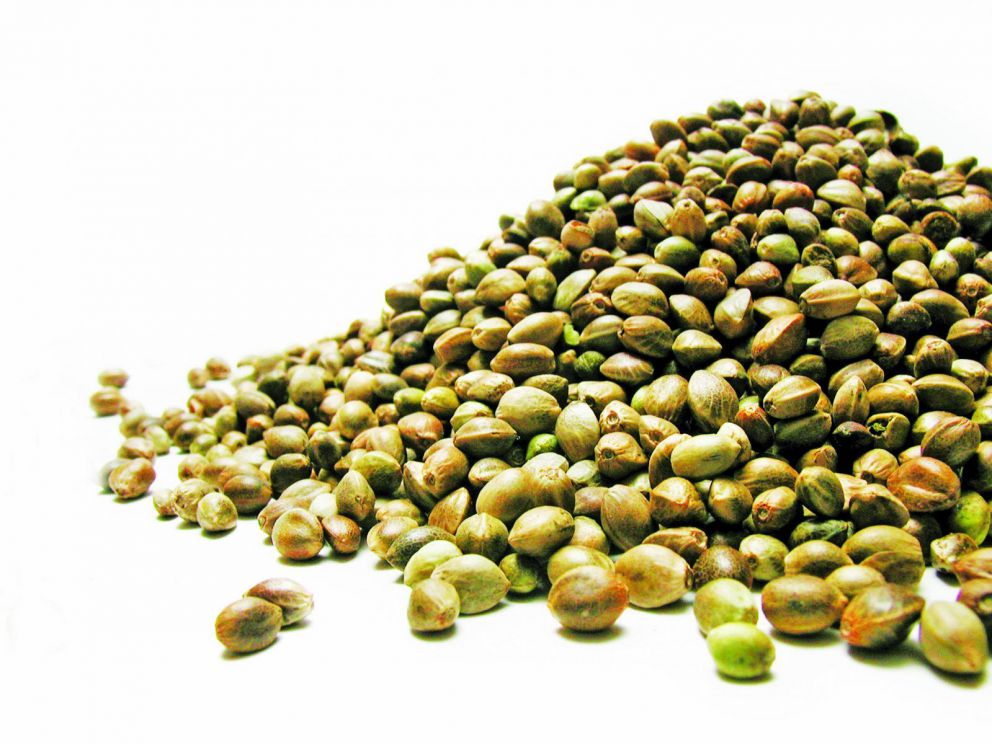Source: cannabisfn.com
Opioids, a class of drug that includes prescription pain relievers such as oxycodone, hydrocodone, morphine and codeine, as well as the illicit drug, heroin, were responsible for more than 30,000 deaths by overdose in 2015.
This statistic is even more alarming when one couples it with the fact that since 1999, the rate of overdose deaths involving opioids has nearly quadrupled, with approximately 165,000 people having died from an opioid overdose in the United States.
Needless to say, the opioid dependence and addiction epidemic in the United States is a growing problem, which begs the question: what’s the solution?
Cannabis for opioid addiction
Most who take prescription opioids do so to treat some version of chronic pain. And while opioids are, indeed, effective when it comes to alleviating pain, they’re also highly addictive, come with myriad harmful side effects, and increase one’s risk of death by overdose.
The detrimental effects of opioids on the body has led to increased research into better alternatives for pain management, with cannabis being at the forefront. And the results are encouraging.
In a Harvard-led review of 28 different studies examining the efficacy of cannabis to treat pain, it was found that the vast majority of participants felt a significant improvement in their symptoms, leading to the conclusion that, “Use of marijuana for chronic pain, neuropathic pain, and spasticity due to multiple sclerosis is supported by high quality evidence.”
Moreover, a University of Michigan study published in 2016 in the Journal of Pain found that cannabis decreased side effects from other medications, improved the overall quality of life for patients, and reduced the use of opioids, on average, by 64%.
Why, then, are opioids so widely prescribed but cannabis remains illegal in the majority of the country?
A major barrier to patients seeking cannabis for pain relief is the Drug Enforcement Administration’s (DEA) unwillingness to declassify cannabis as a Schedule I drug.
A Schedule I classification puts cannabis in the same category as cocaine and heroin, formally indicating that cannabis has no known medical value, despite growing evidence to the contrary.
Because cannabis has been held firm in this classification, there have been government restrictions in place preventing the abundant research necessary to categorically confirming its efficacy.
Additionally, being that opioids are typically prescribed by a doctor, it means they’re less susceptible to the stigma that surrounds sometimes-illegal drugs like cannabis. This likely influences more people to opt for opioids regardless of the research suggesting cannabis is a better alternative.
So what, exactly, makes cannabis a better alternative?
Not only do a growing number of studies indicate that cannabis is a more effective treatment option for chronic pain with fewer side effects, but we’re learning that cannabis also has the potential to treat opioid addiction.
Recent studies have found that those suffering from opioid addiction and withdrawal could benefit from cannabis use because it reduces both the reward properties and withdrawal symptoms of opioids. Moreover, an additional study revealed that cannabis substantially reduced cravings and anxiety in heroin users.
In conclusion, there’s mounting evidence which suggests that not only is cannabis a safer, less addictive alternative for chronic pain than opioids, but it can also be used to manage opioid addiction. Now it’s just a matter of continuing research so that there are fewer restrictions and more access to the drug for those in need.












